- From these small objects of daily life, we can see the splendid glory of ancient Chinese scientific and technological civilization
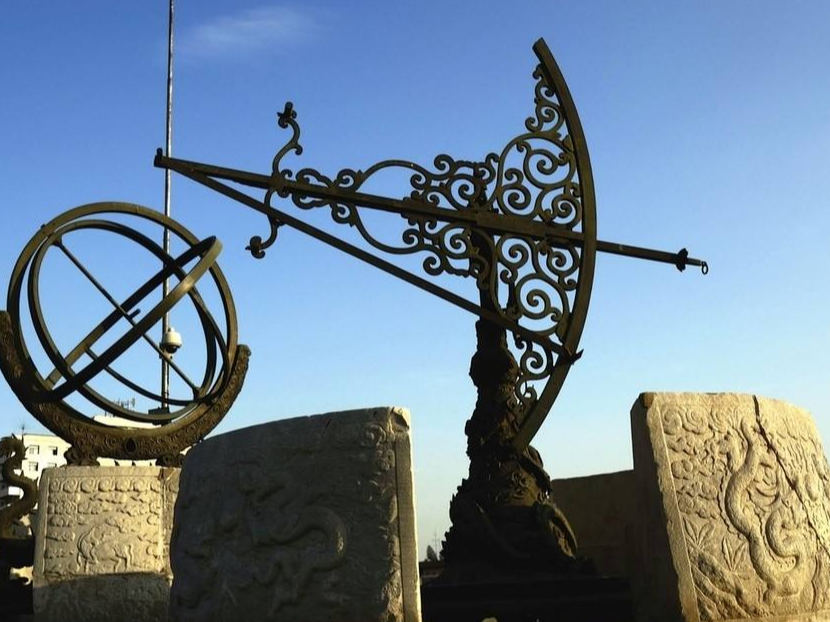
Speaking of ancient scientific and technological civilization, do you only think of the "four major inventions"? In fact, relying on the wisdom of the ancients, it is no exaggeration to say "the hundred major inventions." Not only that, but these inventions are still amazing and amazing after thousands of years. After reading this, you will find that the title of "ancient civilization in China" is by no means a name!
Being fragrant
A copper container, placed in the charcoal, placed in the quilt, became the "central incense burner" used in ancient China for heating and incense in winter. Also known as "fragrance ball", "lying incense burner", "smoke ball" and so on. The characteristic of the incense burner is that it will not leak out no matter how it is tumbling, and it can also keep warm.
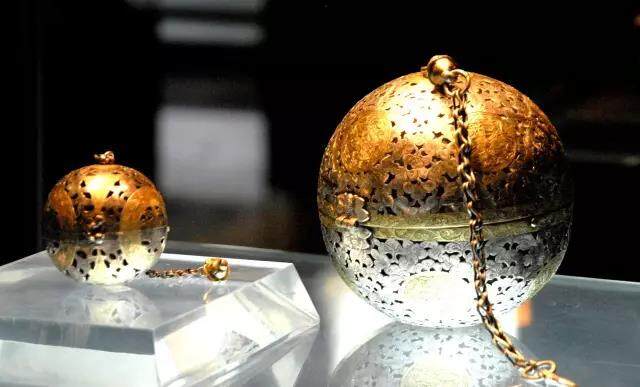

The middle incense burner is spherical in shape, and there are two or three layers of concentric rings between the spherical shell and the central hemispherical furnace body. The furnace body has short axes at both ends of the radial direction, and two of the inner rings are supported. Within the radial bore, it can rotate freely. Likewise, the inner ring is supported on the outer ring and the outer ring is supported on the inner wall of the spherical outer casing.


In this way, the bearing axes of the furnace body, the inner ring, the outer ring and the inner wall of the outer casing are sequentially perpendicular to each other, and the furnace body always maintains a vertical horizontal state regardless of how it rolls due to gravity. For this reason, the incense burner can be placed in the bedding without burning.

Modern physics believes that the best way to make an object with a certain weight tilt without tipping is to use a "pivot suspension", which is used by the scented furnace to use this modern mechanical gyroscope structure.
Western Hanyan fish copper lamp
The design of the Hanyan fish copper lamp is called "fashionable": the two lampshades can be rotated freely, can adjust the direction of the light, and can also defend against the wind.

Western Hanyan fish copper lamp, now in the Shanxi Museum
The geese can contain clear water, and the light smoke can be dissolved into the water through the geese neck to reduce the pollution of the oil smoke. It seems now that the ancients were already environmentally conscious at that time.
Copper horse
The "anti-day" of the copper horse is the handle of the umbrella: the handle is hollow and the weapon is hidden. The multi-body of the handle bottom can flexibly control the sliding of the handle on the cross base through the push-pull combination, so that the umbrella cover can adjust the appropriate tilting orientation according to the different directions of the sun.


The unfixed connection allows the copper umbrella to be removed after opening the machine, and the tip of the copper umbrella can be inserted into the soil to protect the owner from the rain on the side of the road. When the assassin attacks, the umbrella cover is used as a shield, the handle and the inside. The hidden edge of the possession can fight back in self-defense, and it can be described as a masterpiece of two birds!
Ghost ball
The ivory ball is a kind of handicraft in ancient China. It is interlaced and exquisite, and the surface is engraved with various embossed patterns. From the outside to the inside, the sphere is continuously formed by several layers of hollow spheres. The appearance seems to be only a sphere, but the layers are stacked and connected. Each of these balls is free to rotate and has the same center.

In the middle of the Qing Dynasty, the ivory eagle-carved dragon-shaped concentric ball (54 layers)
According to the "Ge Gu Essentials", as early as the Song Dynasty, there were three sets of balls, which were called "ghost balls." The complexity of the finished structure of the "Ghost Ball" process, the exquisite craftsmanship, and the ingenious production concept are far from the other craftsmanships, and people can see the peculiar and mysterious skills.



In the Qing Dynasty, the ghost ball has grown to 13 levels. The processing period is roughly as follows:

1. Polish an ivory ball first.

2. Evenly drill some holes with larger diameters on the ivory ball in the radial direction of the ball.


3. Extend a special tool into the hole and cut it horizontally.

4. Cut into each hole in turn, and finally the inner and outer layers of the ball can be completely separated.

5. By analogy, the ivory ball is cut into a number of layers that can be rotated independently.

6. Turn the parts of the other layers that are not hollowed out to the position of the large holes, and insert them into the tool from the big space for engraving to complete the processing of the inner layer.




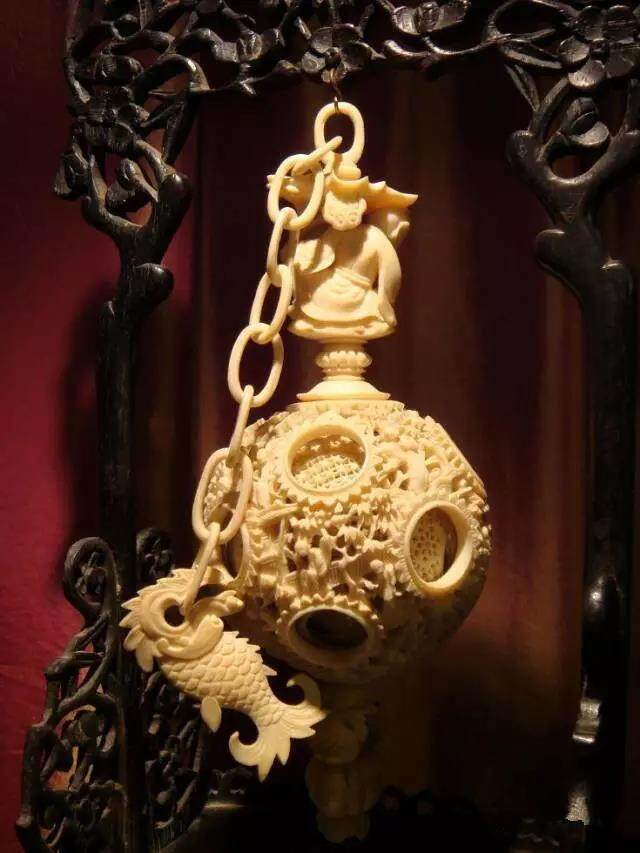
In principle, the processing of ghost balls is probably like this. However, it is certainly not so easy in actual operation.
Han Dynasty light mirror
The light-transmitting mirror is called a light-transmitting mirror because when the light is shining on the mirror surface, the pattern on the back of the mirror will be reflected on the wall facing the mirror.

Han Dynasty light mirror

Han Dynasty light transmission mirror structure principle
The concave and convex portions of the pattern pattern on the back of the mirror are different in thickness, and the casting stress is generated by solidification and contraction. When the grinding is performed to a certain extent, the elastic deformation acts superimposedly, and the curvature between the mirror surface and the mirror back pattern is generated, thereby This light transmission effect appears.
Copper account
Credit is a must-have for the Han Dynasty nobles to travel at home.


Restoration map of copper deposits unearthed in the southwest
The account structure is the support of the shackles. The restored copper account structure in the southwestern part of the country has a horizontal length of about 2.5 meters and a depth of about 1.5 meters. It is just a big bed. The golden part of the picture is left over two years, and the red color is wooden.
Qianlong Turn Heart Bottle
The Turning Heart Bottle is an ingenious work created by Tang Ying, the governor of the Qianlong period, inspired by the lantern.

Qianlong Turn Heart Bottle

Lantern

Partial rotation of the heart bottle
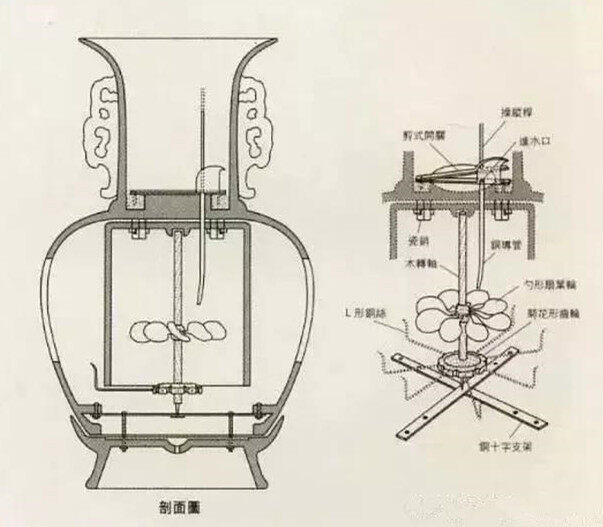
Turning bottle internal structure diagram
Its inner bottle is a separate small bottle. The outer bottle is divided into three parts: neck, abdomen and base. The abdomen is hollowed out to make it easy to see the picture of the inner bottle. After the four parts are separately fired into shape, the inner bottle is first placed in the outer bottle, combined with the base of the outer bottle, and then a special adhesive is used to bond the inner bottle edge to the neck of the outer bottle. This allows the inner bottle to rotate freely with the outer bottle. When the bottle neck of the outer bottle is turned, the picture on the inner bottle becomes active from the outside.

Qing Emperor Qianlong, the ocean color through the cloud bat inside the Eight Immortals
The extremely low yield, complicated process and difficult firing process make Gu Shi's heart-shaped bottle parts invaluable. According to the archives of the Office of the Ministry of Internal Affairs of the 18th year of Emperor Qianlong, "The May 12th of the 18th year... The purpose of the mission... Jiangxi burned the dragon boat, the lamp touched the rotating bottle... 19th, 4th, 4th Send it." It takes more than half a year to burn a heart-shaped bottle, and the difficulty is obvious.
Partial:




Although "the best is good, the next must be very good", but the complicated manpower behind the labor, material resources, financial resources, even the "local tyrants" Emperor Qianlong feels uncomfortable, on the Tang Ying's player to approve "do not have to follow the usual porcelain As much as burning, it’s good to have a few meals in the Tang Dynasty.
Ivory seat
The production process of the ivory mat is very complicated. The most difficult and cumbersome process is to first make the ivory into a thin, wide and narrow sheet, and then grind the ivory sheet to a white luster, and then smash it into a silk.

The ivory seats of the Qing Dynasty are now in the Palace Museum
It is reported that this traditional ivory weaving method has been lost, and there are only three pieces in the world.
Zeng Houyi
Zeng Houyi is the most complicated and exquisite bronze device in the Spring and Autumn Period and the Warring States Period. It was unearthed in 1978 in the tomb of Zeng Houyi, Lougudun, Suizhou City, Hubei Province. The full set of utensils has a height of 42 cm, a caliber of 58 cm and a weight of about 30 kg.

The Spring and Autumn Warring States, Zeng Houyi, was in the Hubei Provincial Museum
Zeng Houyi's disc decoration is complicated and complicated. The bronze statue is made up of 34 parts. After 56 castings and welding, it is integrated into one body. The body is decorated with 28 dragons and 32 dragonflies. There are 56 dragons and 48 dragons.
Many scholars believe that: Zeng Houyi is a culmination of the Qing and Qing dynasties.
Bronze caliper
The caliper is a fairly sophisticated measuring tool, and it is said that the 19th century British mathematician Jonny Bill invented the earliest calipers. In fact, in the Eastern Han Dynasty more than 2,000 years ago, the Chinese began to use calipers, and it is strikingly similar to the calipers used today.

Bronze caliper of the first year of the founding of the king of the new year (AD 9)
Although the bronze caliper is different from the current vernier caliper, it reflects the advanced technology of ancient China. The design concept is modern, and some people even call it "the evidence of Wang Hao's crossing."
From engineering design to small objects in daily life, the wisdom of the ancients is far more than that. But from these limited cultural relics, we can see the diligence and sensitivity of the Chinese children, the splendour of ancient scientific and technological civilization! Editor / Zhao Jing
Comment
 Praise
Praise
 Collect
Collect
 Comment
Comment
 Search
Search


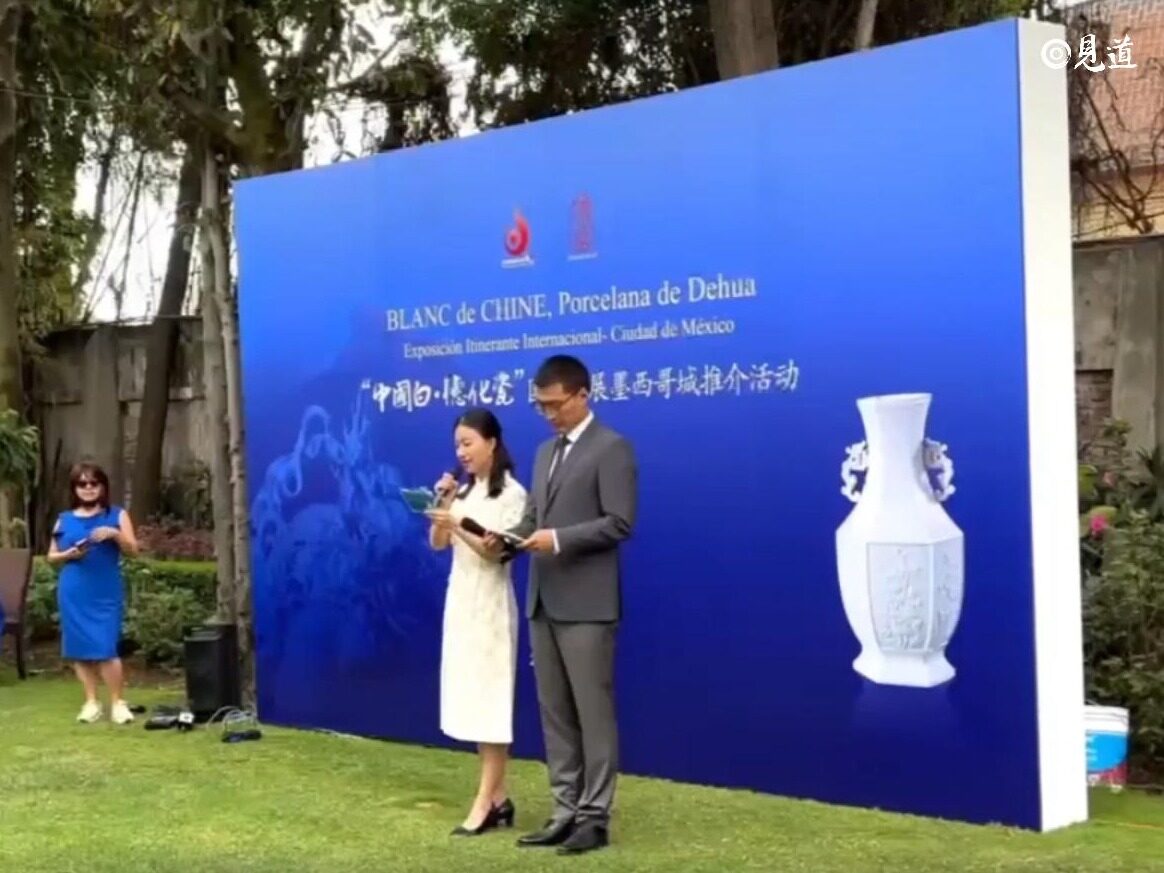
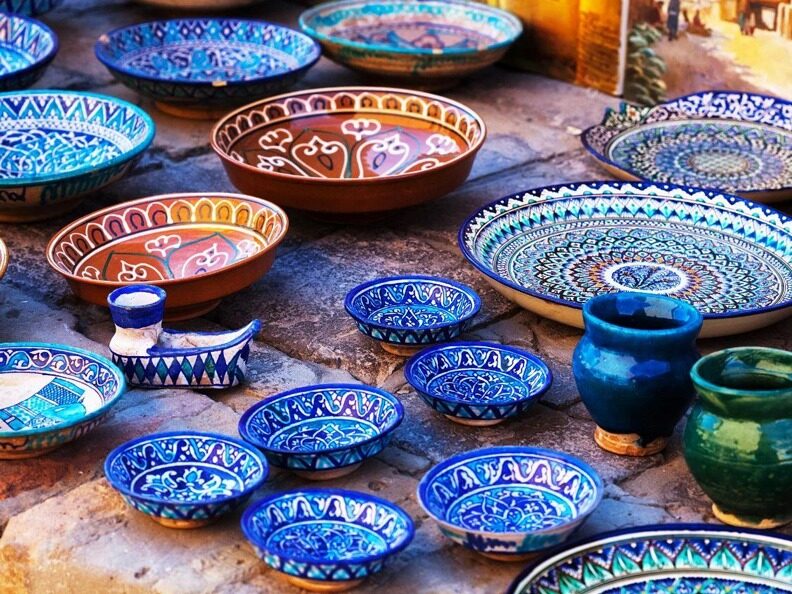
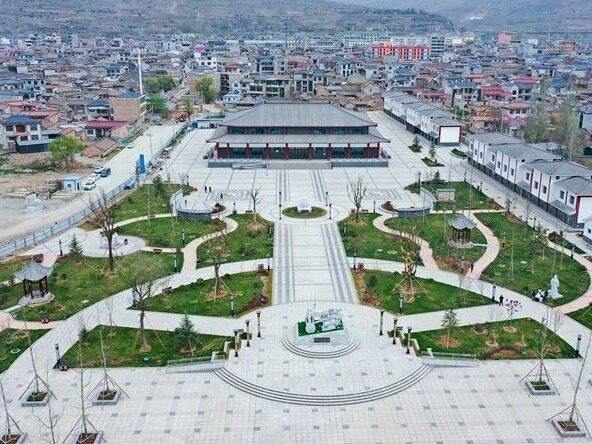
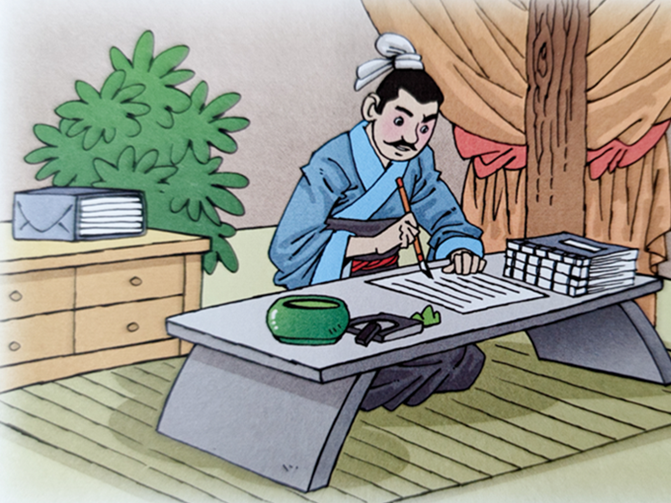

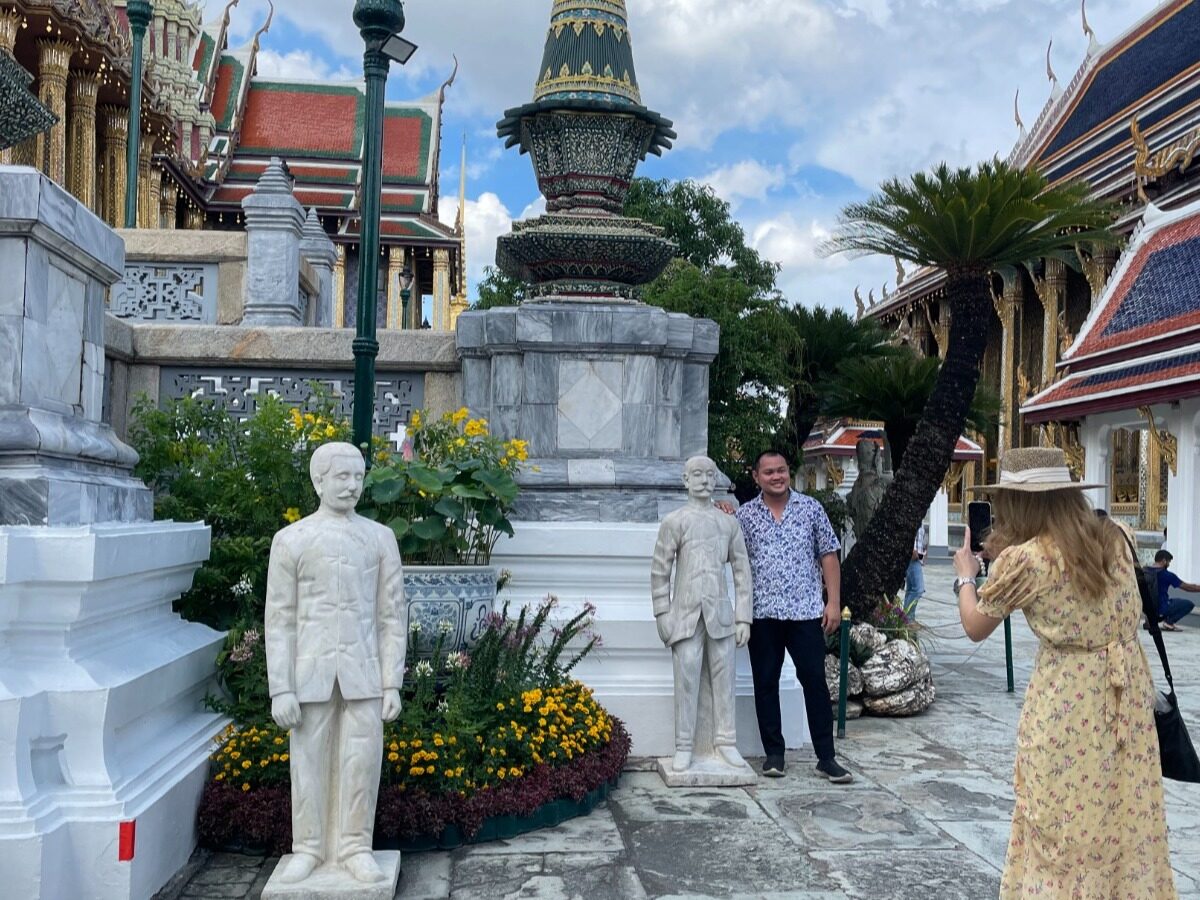






Write something~